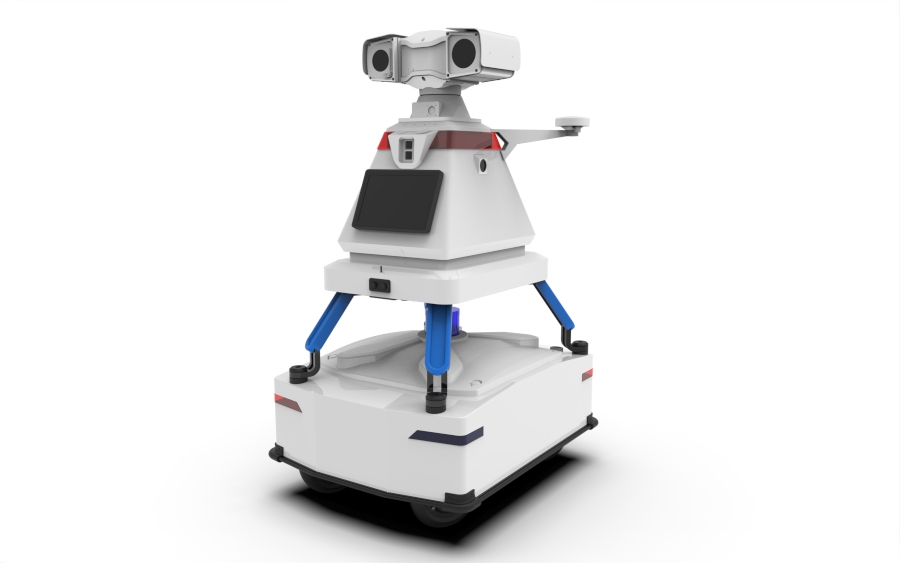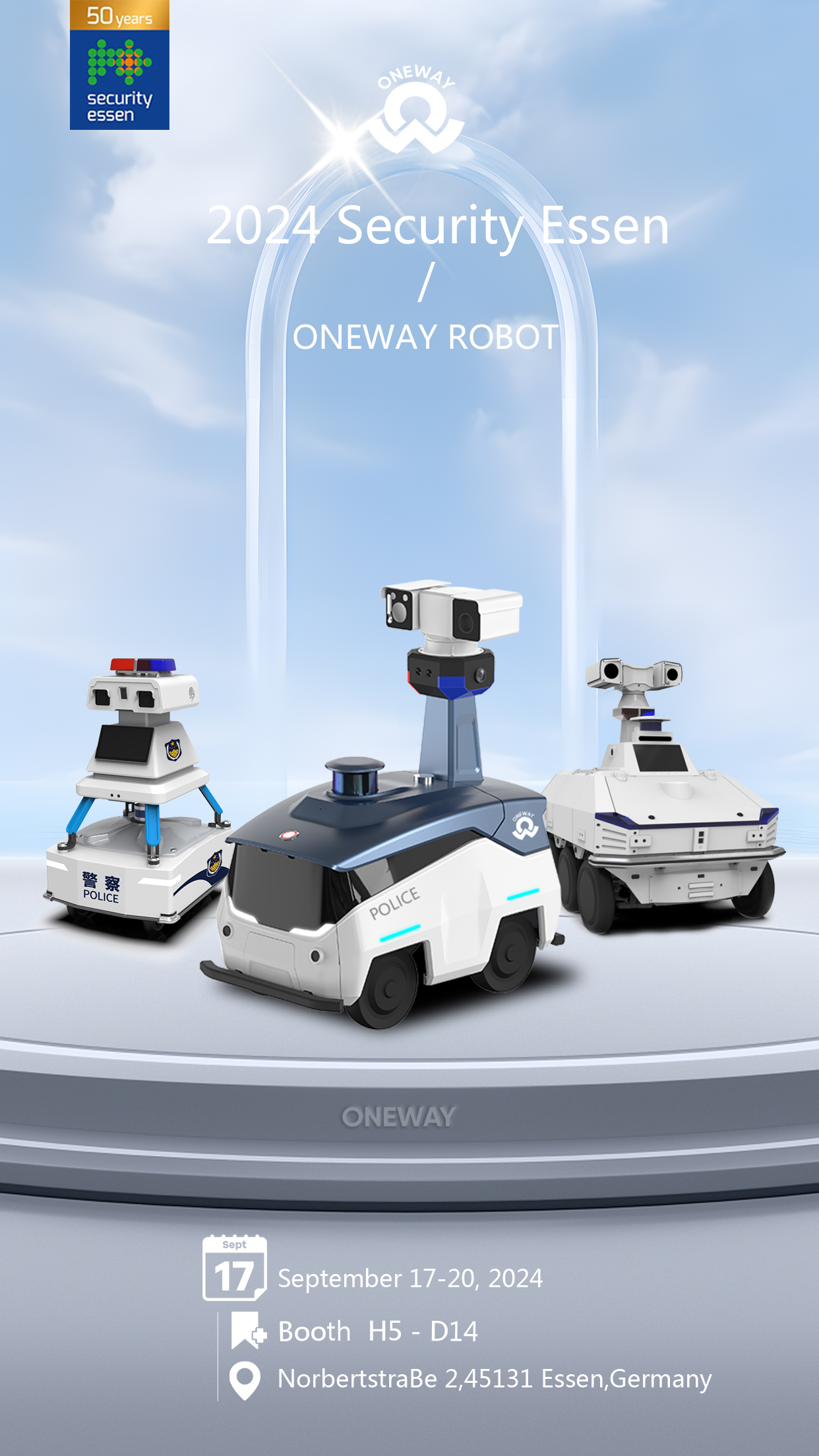
In an era where security is paramount, night patrol robots have emerged as a cutting-edge solution to enhance safety and efficiency in various settings such as warehouses, office complexes, and public spaces. These autonomous machines are designed to perform surveillance tasks during night hours when human presence might be minimal. Here’s a breakdown of how these night patrol robots work:
1. Design and Components
Sensors and Cameras:
Night patrol robots are equipped with a variety of sensors and high-definition cameras to monitor their surroundings. These typically include infrared sensors for night vision, thermal cameras to detect heat signatures, and Lidar for precise navigation and obstacle detection.
Actuators and Motors:
These robots use advanced actuators and motors to move smoothly and silently. Their movement can include rolling on wheels or tracks, walking on legs, or even flying in the case of drones.
Communication Systems:
Integrated communication systems enable the robot to send real-time data and alerts to a central control system or security personnel. This includes Wi-Fi, 4G/5G, and sometimes even satellite communication for remote areas.
2. Navigation and Path Planning
Autonomous Navigation:
Night patrol robots use sophisticated algorithms and real-time data from their sensors to navigate autonomously. They can create and follow pre-defined patrol routes, and adapt to changes in the environment, such as moving around obstacles.
SLAM Technology:
Simultaneous Localization and Mapping (SLAM) technology allows these robots to build a map of their environment and locate themselves within it. This ensures accurate navigation even in complex or changing environments.
3. Surveillance and Monitoring
Continuous Monitoring:
Equipped with 360-degree cameras and night vision capabilities, these robots can continuously monitor large areas. They can detect unusual activities or intrusions and capture high-resolution images or videos.
Anomaly Detection:
Advanced AI algorithms enable these robots to analyze patterns and detect anomalies. For instance, they can identify unauthorized personnel, suspicious packages, or unusual heat signatures.
Real-Time Alerts:
Upon detecting an anomaly, the robot sends real-time alerts to the security team. This can include live video feeds, images, and location data, enabling quick response to potential threats.
4. Data Processing and AI Integration
Edge Computing:
Many night patrol robots utilize edge computing to process data locally. This reduces latency and allows for faster decision-making, which is crucial in security scenarios.
Machine Learning:
Over time, these robots learn from their environment and improve their performance. Machine learning algorithms help them to better understand normal vs. suspicious activities, optimizing their patrol patterns and response actions.
5. Interaction with Human Operators
Remote Control and Overrides:
While these robots operate autonomously, human operators can take control if necessary. This is useful for investigating specific areas more closely or responding to complex security threats.
Reports and Analytics:
Night patrol robots generate detailed reports and analytics, providing insights into security trends and helping to plan future patrols. These reports can highlight frequently visited areas, times of increased activity, and other valuable data.







